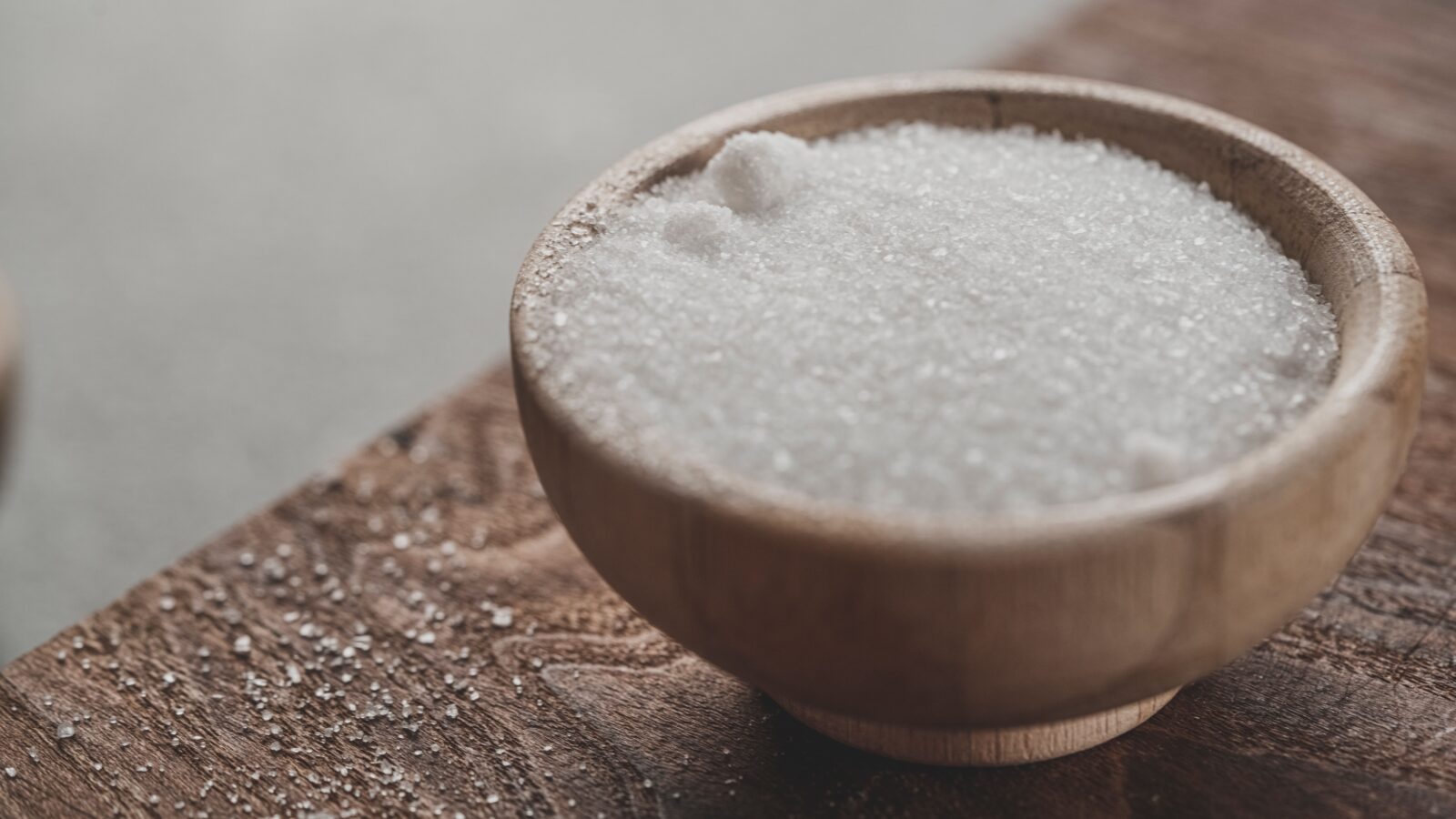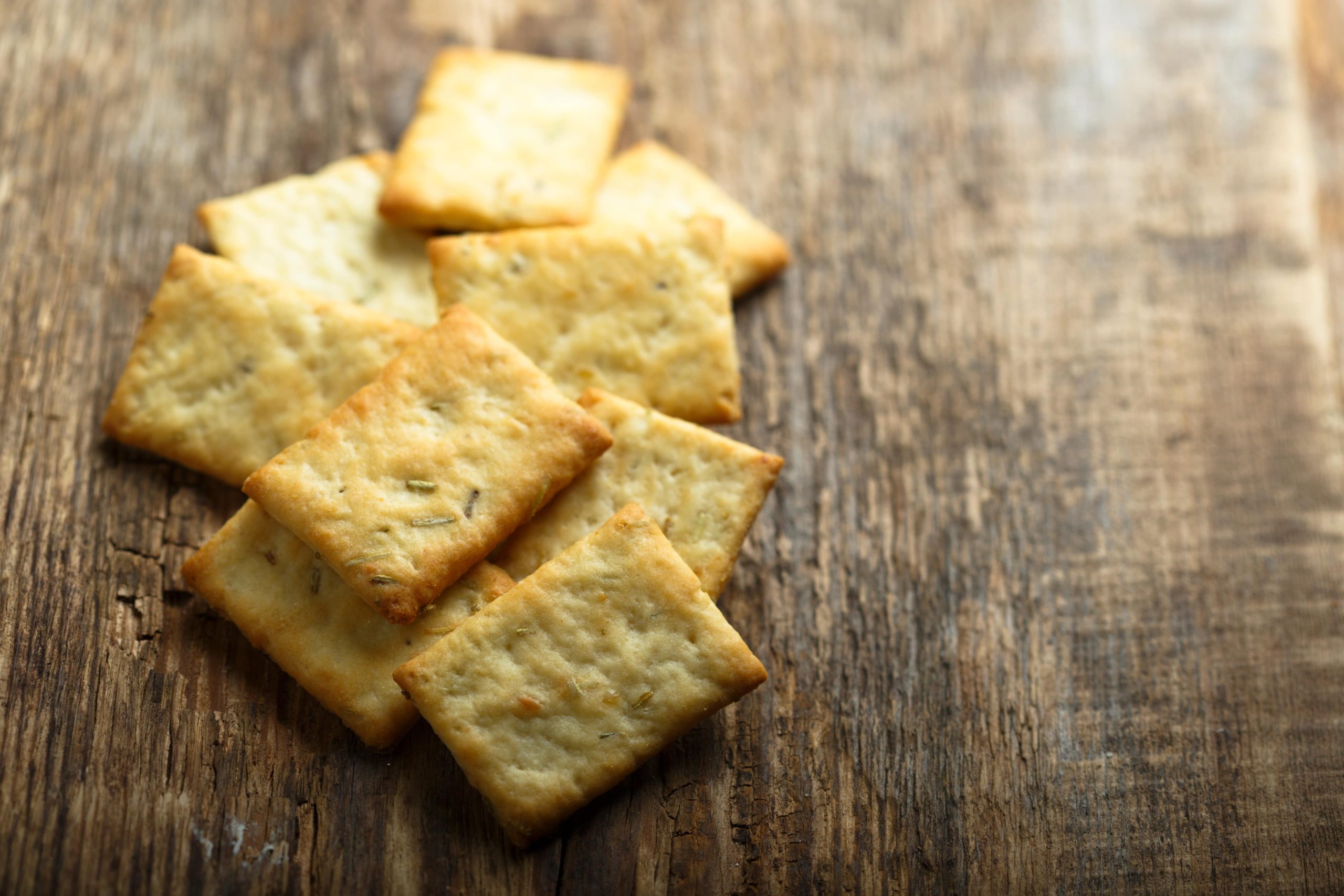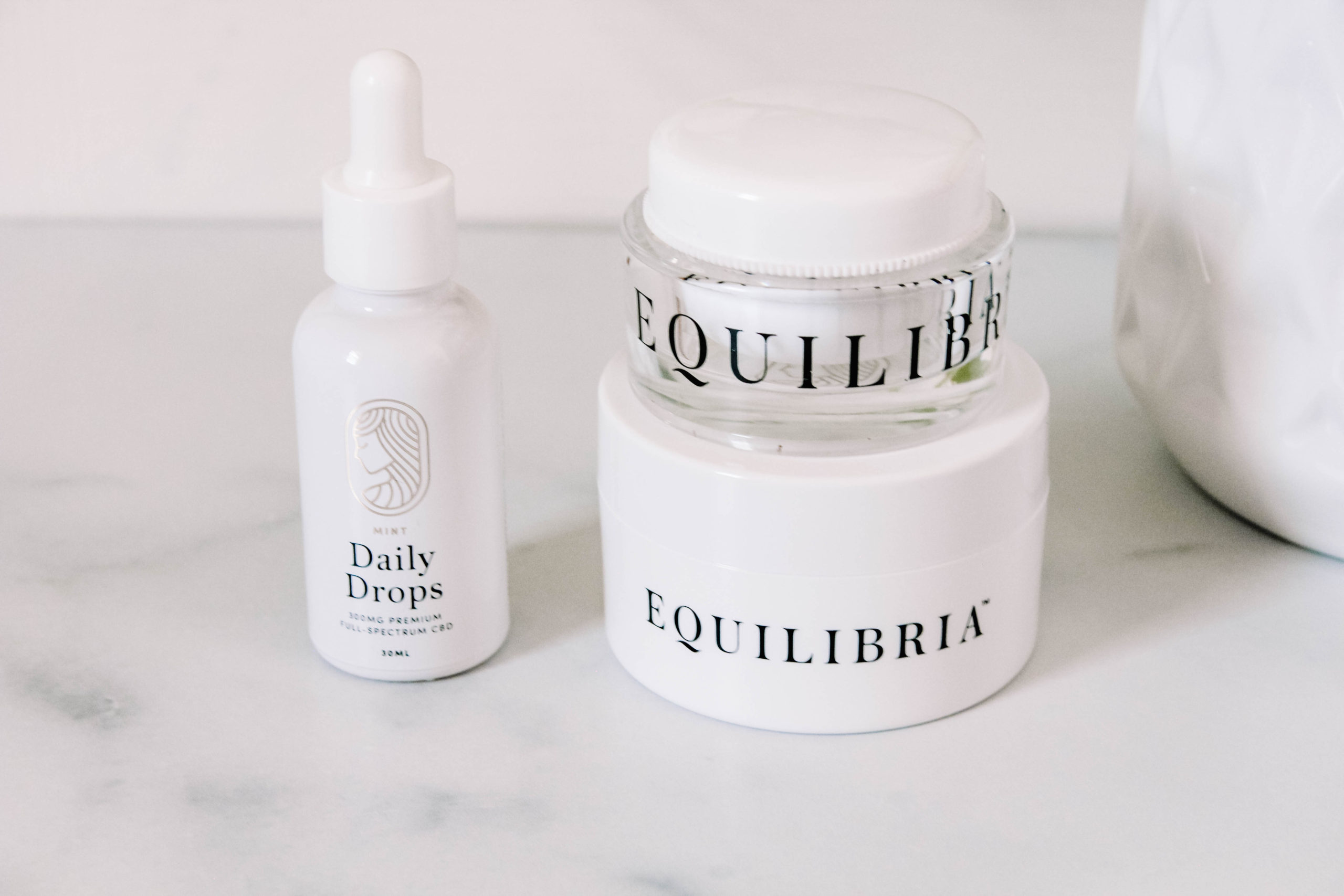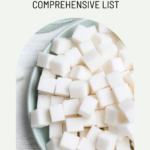Last updated on April 3rd, 2023 at 06:39 pm
All of a sudden, over the last several years, sugar consumption has become a hot topic in many countries worldwide. As a matter of fact, added sugar is in almost all packaged foods. As a result, it is one of the most dangerous parts of the Standard American Diet. Additionally, we live in a world where sugar is no longer reserved for sweets and treats. But instead, found in many products, including breads, yogurt, salad dressing, condiments, and snack foods. At the same time, to make matters worse, there are so many different names for sugar. In brief, they list it under a variety of other names for sugar on food labels so that it’s easy to go unnoticed
Not to mention that even if you do a quick check to make sure sugar isn’t among the top three ingredients listed, you could miss the fact that many food companies use three to four different types of added sugars in a single product. As a result, it will all end up lower on the list, which makes you think it is a better choice than it is.
Evidently, refined sugars and other sweeteners can go by many names on ingredient labels. As I have said, food companies often use more than one type of sweetener to disguise that sugar is the most significant single ingredient in a given food item.

In short, knowing about these food companies’ deceptive marketing schemes is important. In particular, to understand there are so many other names for sugar.
The different names for sugar you’ll see on ingredient labels
- agave nectar
- alcohol sugar
- barley malt, barley malt syrup
- aspartame
- barbados sugar
- beet sugar
- brown sugar, brown rice syrup
- buttered syrup
- cane juice, cane juice crystal, cane juice solids
- caramel, caramel syrup
- carob syrup
- coconut palm sugar, coconut sugar
- castor sugar
- concentrated fruit juice
- corn sweetener, corn syrup, corn syrup solids
- confectioner’s sugar
- crystalline fructose
- date sugar
- dehydrated cane juice
- demerara sugar
- dehydrated fruit juice
- dextran
- dextrin
- dextrose
- diastase
- diastatic malt
- disaccharides
- ethyl maltol
- evaporated cane juice
- fruit juice concentrate, fruit juice crystals, fruit puree
- free-flowing brown sugars
- glucose, glucose-fructose, glucose solids, glucose syrup
- fructose
- galactose
- high fructose corn syrup (HFCS)
- golden sugar, golden syrup
- icing sugar
- grape sugar
- invert sugar
- malt, malt extract, malt syrup
- lactose
- maltose
- maltodextrin
- maltol
- monk sugar, monk fruit sweetener
- mannose
- molasses
- maple sugar
- muscovado
- palm sugar
- panocha
- polysaccharides
- powdered sugar
- raw sugar
- refiner’s syrup
- rice syrup
- saccharose
- sorghum syrup
- stevia
- sucanat
- sucrose
- sugar
- granulated sugar
- sweet sorghum
- syrup
- tapioca syrup
- treacle
- truvia
- yellow sugar
My favorite healthy sweeteners for a real food pantry
- honey
- pure maple syrup
- maple sugar
- coconut sugar
- date sugar
- turbinado sugar, also known as raw sugar
I prefer to have no added sugar in any food products I buy. But instead, add my favorite sweeteners of choice to warm beverages, homemade treats, and sweets. Now that you are armed with the knowledge and understanding, you can make better and healthier food choices for yourself and your family.
Disclaimer: This post is not intended to provide medical advice, diagnosis, or treatment and is for educational purposes only.
For pantry staples at discounted prices, check out Thrive Market and save 40% off your first order!
*****
Use code “NURTUREMEWILD” at checkout to save 15% off your first order at Beekeeper’s Naturals!





This is a great post!! Thanks for creating this so that people can see how sugar sneaks into the diet.
Of course! I am so glad you like it.